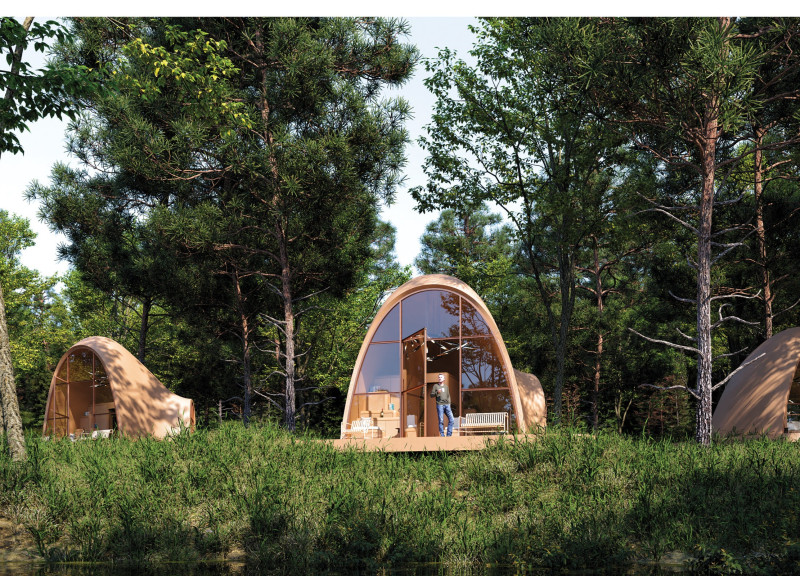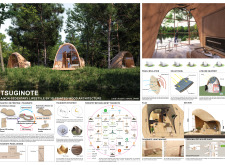5 key facts about this project
At its core, the project represents a fusion of modern design principles with an emphasis on contextual relevance. The chosen location plays a critical role in shaping the architectural dialogue—whether it is nestled within an urban landscape, a coastal setting, or amidst rolling hills—the environment has influenced the design choices made throughout the development. The natural topography, climate considerations, and cultural influences of the geographical area have been carefully considered, ensuring that the architecture not only fits into its setting but enhances it.
The primary function of this architectural design revolves around mixed-use spaces that accommodate various activities while promoting social interaction. The layout has been carefully organized to facilitate flow and accessibility, integrating communal areas, private spaces, and amenities within a seamless configuration. Key features include open-plan layouts that encourage a sense of community and collaboration, as well as flexible spaces that can be adapted for different uses over time. This adaptability is a crucial aspect of the design, ensuring longevity and relevance in a rapidly changing world.
A distinctive aspect of the project is its materiality, which speaks to the designers' commitment to sustainable practices. The use of locally sourced materials reduces the environmental footprint and fosters a connection to the local heritage. Materials such as reclaimed wood, natural stone, and energy-efficient glazing are thoughtfully combined to create a warm and inviting aesthetic. Each material has been selected not only for its visual appeal but also for its performance characteristics, contributing to the overall functionality and sustainability of the building.
Significant design elements include large expanses of glass that create a dialogue between the interior and exterior spaces. This not only maximizes natural light but also allows occupants to engage with the surrounding landscape, reinforcing the idea of transparency and connectivity. The incorporation of green roofs and living walls further enhances the environmental sustainability of the project, providing natural insulation and promoting biodiversity.
The unique design approaches employed in this project showcase a commitment to innovation while respecting traditional architectural practices. Passive design strategies, such as strategic orientation and shading devices, are integrated to enhance energy efficiency, reducing reliance on mechanical heating and cooling systems. This reflects a broader movement within the architectural community towards designing buildings that are not only aesthetically pleasing but also environmentally responsible.
In addition to the physical attributes of the project, the conceptual framework emphasizes well-being through the creation of spaces that promote health, mindfulness, and social interaction. Indoor gardens, flexible working spaces, and communal areas contribute to a holistic environment that nurtures both the mind and body. The architectural ideas presented throughout the design resonate with an increasing desire for environments that support community, creativity, and collaboration.
For those interested in delving deeper into the intricate details of this architectural project, a closer examination of the architectural plans, sections, and designs will provide further insights into the innovative thought processes behind the design. By exploring these elements, one can appreciate the nuanced considerations that inform the project's realization. The invitation to engage with the project's presentation allows for a richer understanding of the architectural intentions and design outcomes that define this significant work.























